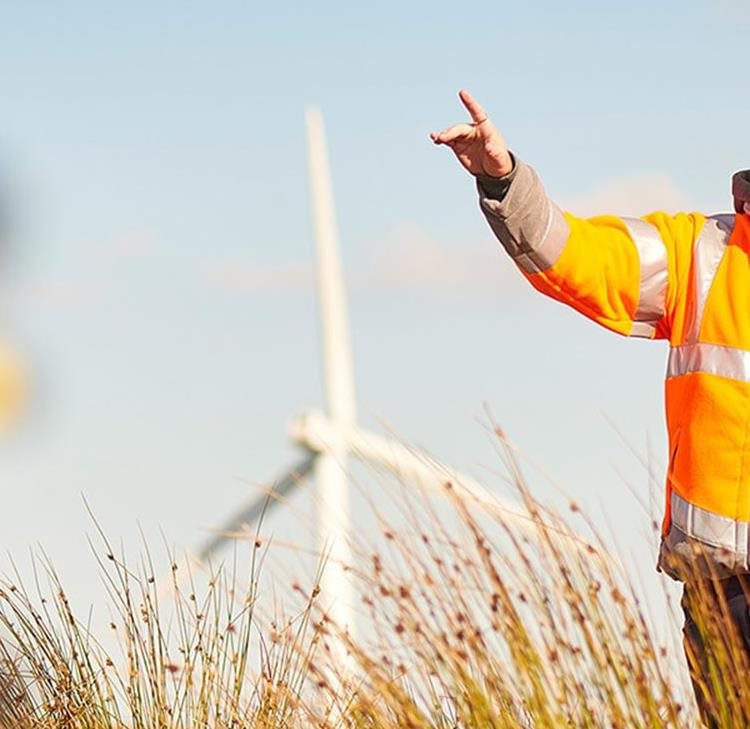In March’s Spring Budget Chancellor Jeremy Hunt announced 12 ‘investment zones’ as part of the Government levelling up agenda; designed to boost local growth and unlock regeneration in ‘left‑behind’ areas.
Described as ‘building on’ the proposals put forward by Liz Truss’s administration, many commentators rather saw the announcement as a ‘scaling back’ of those proposals.
Unveiled in the infamous September 2022 Mini Budget, the original plans envisaged as many as 200 investment zones across the country, which would attract significant tax reliefs and liberalised planning rules. Local authorities were encouraged to bid for investment zones in their regions and some 626 did so – at an estimate cost of £12.5m – before Jeremy Hunt’s autumn statement announced a change of approach to investment zones, and that the original process would no longer be taken forward.
This change of approach has now led to 12 investment zones (inclusive of four across Scotland, Wales and Northern Ireland) being awarded directly by the Government, rather than via a bidding process – in the following regions:
- East Midlands
- Greater Manchester
- Liverpool
- North East
- South Yorkshire
- Tees Valley
- West Midlands
- West Yorkshire
- Scotland
- Wales
- Northern Ireland
Each zone will have access to £80m over five years, including ‘generous tax incentives’. The Investment Zones will be offered a five year tax package that is similar to the one offered in freeports. This package includes Capital Allowance, Structures and Buildings Allowance, and relief from Stamp Duty Land Tax, Business Rates and Employer National Insurance Contributions. Additionally, flexible grant funding will be available to the Investment Zones to support skills and incentivise apprenticeships, provide specialist business support, and improve local infrastructure based on local needs.
In England, the Government will deliver Investment Zones in partnership with Upper Tier Local Authorities and Mayoral Combined Authorities, whereas in Scotland, Wales and Northern Ireland, it will be in partnership with Devolved Administrations and other ‘local partners’. The Secretary of State for the Department for Levelling Up, Housing and Communities will set out the selection criteria to become an Investment Zone, and the process for designating sites within it. The local partners can choose up to three sites totalling 600 hectares within the £80m budget. The amount of grant funding awarded dependant on the number and size of the sites.
To be eligible for this offer, local partners must demonstrate how they plan to use the available resources to promote growth in priority sectors, identify private sector match funding, and use the local planning system to support growth. Mayoral Combined Authorities, in partnership with local universities, councils, and businesses, will collaborate with central government to develop these plans. The plans must also demonstrate how the Investment Zone will support the UK's goal of achieving net-zero emissions by 2050 and the government's long-term targets to protect and enhance the natural environment.
This is somewhat of a shift from the original proposals – which in addition to tax relief focused on the planning regime – and follows criticism that, in many regions, skills shortages and lack of infrastructure (particularly transport) are greater obstacles to economic growth. Each zone will also be clustered around a research institution such as a university and will be focused on driving growth in one of the following key sectors – technology, creative industries, life sciences, advanced manufacturing and the green sector.
However, while there has been broad welcome for the proposals – even across the political divide – some questions and potential issues have been raised. For example, the independent think tank Centre for Cities is sceptical about each investment area focusing on just one of the five key sectors – it questions the wisdom of trying to predict which sectors will develop in which geographical areas and suggests instead that the zones should be used to create the conditions that would allow a range of new industries to emerge and grow.
In addition, while there is logic to clustering the investment zones around universities and other research institutions – because there is some evidence that universities with strong research and development programmes encourage innovation in their local economies – it is less clear‑cut that those activities directly lead to improvements in the performance of the local economy.
But there is still a lot of detail to be released and understood about the investment zones. To be fair, it’s very early days. Despite the comments quoted at the beginning of this article, the Budget announcement did not really ‘build on’ or ‘scale back’ the original proposals. Don’t let the name fool you – these investment zones are very different to what we were taking about in September last year.











































